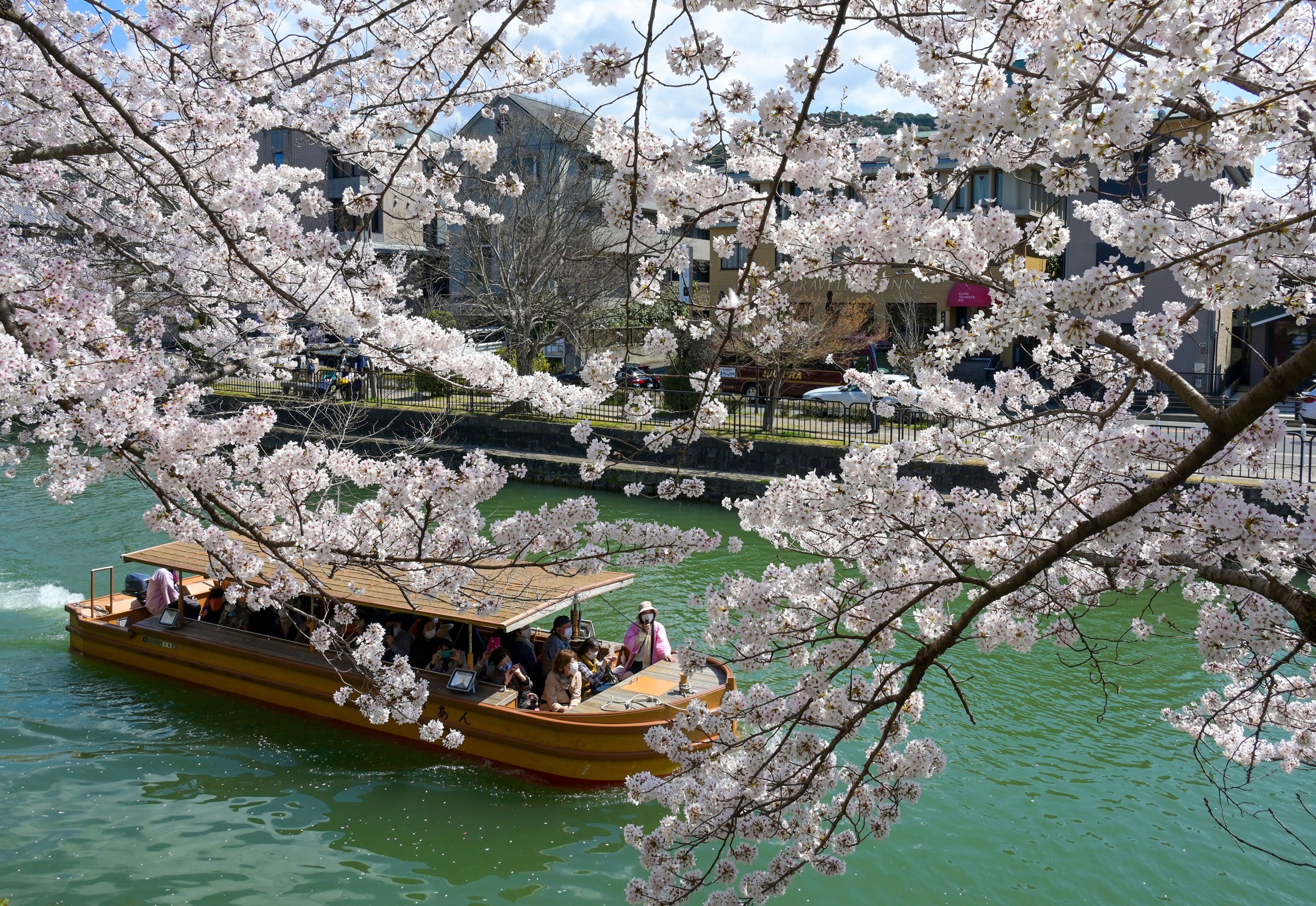Japan’s unofficial capital of culture is teeming with events this year as independent foreign travelers gain access to the country for the first time since before the pandemic this October. (Visitors have been able to come to Japan with tour groups for less than a year.)
Close on the heels of René Redzepi’s world-famous Noma closing its doors in Copenhagen, the restaurant announced it would launch a Noma pop-up in Kyoto from March 15 to May 20, 2023, at the Ace Hotel Kyoto. The much-buzzed-about pop-up will prioritize local produce harvested during cherry-blossom season. Visitors can also stay at the hotel, which is Asia’s first Ace.
When the cherry blossoms peak in April, the art is outside, vibrant pops of pink adding to Kyoto’s architectural appeal with its traditional Buddhist temples and Shinto shrines. Indoors, the Kyoto City Kyocera Museum of Art, recently reopened after a redesign, has regular special exhibitions such as “Marie Laurencin et la mode” (through June 11), which traces women’s postwar fashion, as does the Fukuda Art Museum, an establishment borne from Fukuda Yoshitaka’s love affair with art and his native city.
In July, one of Japan’s largest festivals, the Gion Matsuri Festival, brings parades and people into the streets to party. And in August, bonfires, viewed from hotels and restaurants around town, light up the city as the Gozan Okuribi Festival pays homage to the dead.
Stay at the Roku Kyoto, Hilton’s first property in the city, or Dhawa Yura Kyoto, a Banyan Tree hotel, which will be joined by Banyan Tree Higashiyama Kyoto later this year.
- The 100 Most Influential People of 2024
- The Revolution of Yulia Navalnaya
- 6 Compliments That Land Every Time
- What's the Deal With the Bitcoin Halving?
- If You're Dating Right Now, You're Brave: Column
- The AI That Could Heal a Divided Internet
- Fallout Is a Brilliant Model for the Future of Video Game Adaptations
- Want Weekly Recs on What to Watch, Read, and More? Sign Up for Worth Your Time
